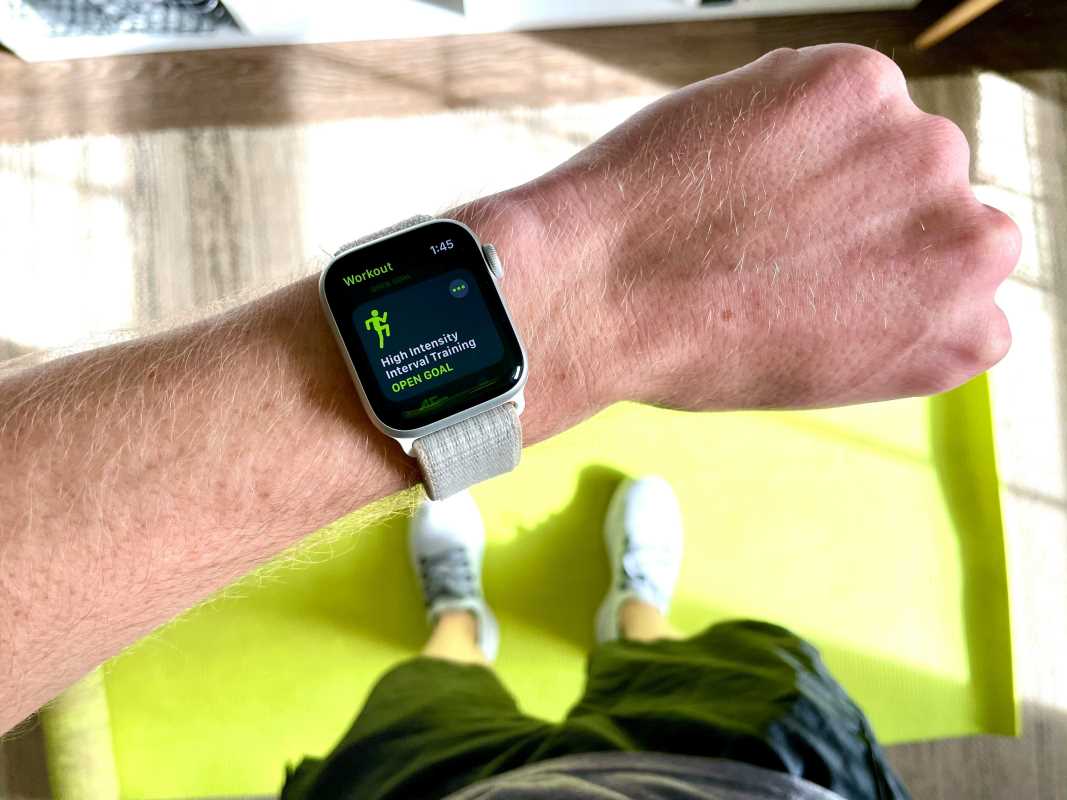Accurate feedback during workouts helps you move beyond guesswork and make real progress toward your fitness goals. By tracking key data points, you can identify trends, make informed adjustments to your routine, and achieve results more quickly. Whether you focus on specific movements, short bursts of endurance, or powerful lifts, you gain the ability to monitor the numbers that truly influence your performance. This approach allows you to see what works best for your body, refine your technique, and stay motivated as you notice improvements over time. Paying attention to these details can make every workout more effective and rewarding.
This piece breaks down four must-watch metrics on your wrist or chest strap. You’ll learn what to watch, why it shifts your routine and how to tweak your plan around each number. Let’s dive into the signals that matter most.
Understanding Heart Rate Variability
Heart Rate Variability (HRV) tracks the gap between heartbeats. It provides a window into your stress levels, recovery status and overall readiness. High school athletes using devices like Whoop or Polar see HRV scores jump after improved sleep or lighter sessions.
You can apply HRV data straight away. Compare morning readings to spot fatigue spikes, and reduce high-intensity drills when your score dips. That keeps you fresh for game day instead of running yourself into the ground.
- Benefit: Pinpoints training stress before you feel sore.
- Benefit: Guides rest days for stronger gains later.
- Tip: Check HRV first thing each morning on a consistent device.
- Tip: Log lifestyle factors—sleep quality, nutrition, mood—to link trends.
Tracking Training Load and Strain
Not all workouts have the same impact. Tracking training load helps you compare sessions based on heart rate zones, duration and intensity. Strain scores translate complex data into a single number that reflects physical stress.
Balance hard and easy days by watching these numbers climb or fall. You’ll avoid overuse injuries and keep your legs fresh for key competitions.
- Calculate load using time in heart rate zones: add zone multipliers for a raw score.
- Compare session strain: a high strain day needs a lighter follow-up.
- Adjust weekly totals: aim for steady increases under a 10% threshold.
- Sync device alerts: get real-time warnings when strain hits your risk zone.
Measuring Power Output
Power output measures force over time, especially useful for runners, cyclists and rowers. Devices like Garmin pedals or chest straps deliver watts per minute directly to your screen. You can chase specific wattage targets rather than vague pace goals.
Use power data in interval training: hit exact output zones during sprints, then track how quickly you recover. Over weeks, you’ll see more consistent power spikes and faster recovery slopes, directly improving your race performance.
Assessing Movement Efficiency
Movement efficiency metrics combine acceleration, deceleration and change-of-direction data. Sports like soccer, basketball and tennis require quick cuts and smooth transitions. Track how sharply you change pace and how soon you stabilize after each move.
Wearable microphones and accelerometers on smart shorts or shoes give coaches data on your cutting angles. You’ll identify wasted motion—like too many small steps when you try to pivot quickly—and correct your form to shave tenths of a second off your agility tests.
Embedding Metrics into Sport-Specific Plans
Developing a plan around multiple data streams begins with connecting your core numbers to real practice goals. Ask yourself: what does a winning match require? Endurance to finish, bursts to break defense, or steady power for every lap? Map each metric to those needs and set weekly goals that push your body forward without overdoing it.
Vary your sessions so each major metric receives focus: one day for endurance under HRV watch, one day for power repeats, one day for agility circuits with efficiency drills. Track fatigue and load so you rest when numbers warn you. Small adjustments can lead to bigger gains on the field.
Adjust your plan weekly by comparing actual data to your targets. Celebrate when you reach new thresholds, and reduce effort if scores decline. This feedback loop turns numbers into personal bests.
Tracking these four metrics keeps you honest, adaptable and always pushing the right buttons. Choose your device, establish a routine and let the data drive every rep and every lap.
Keep testing and stay curious to see how precise training enhances your performance.







